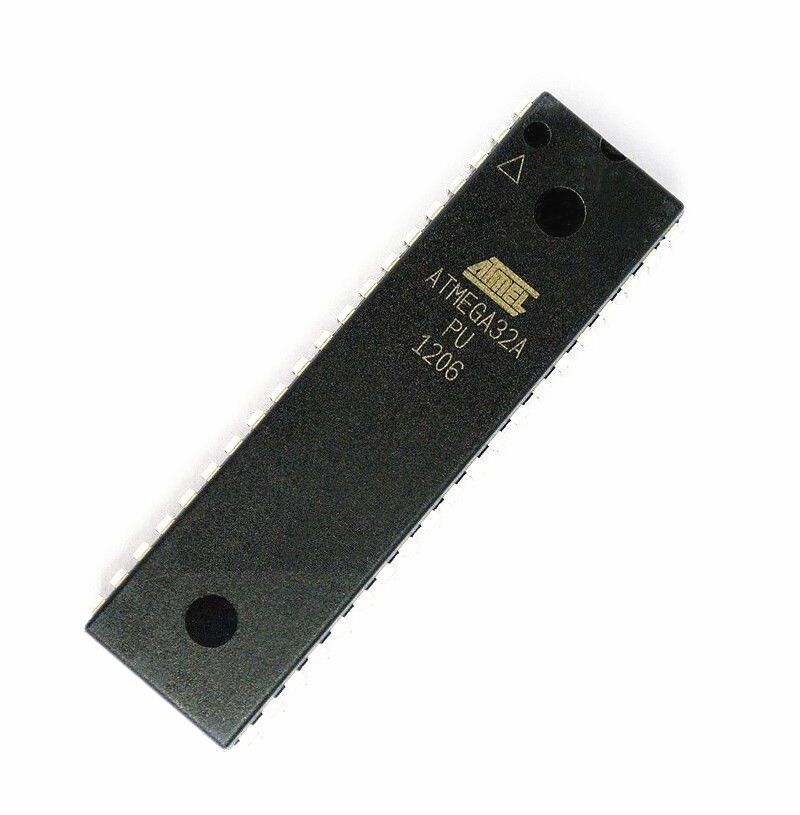Posts Tagged ‘copy mcu locked hex’
 Copy MCU ATmega32A Software
Copy MCU ATmega32A Software
Microcontrollers like the ATmega32A play a critical role in modern embedded systems across industries—from consumer electronics to industrial automation and automotive controls. The ATmega32A is a powerful 8-bit AVR MCU from Microchip, known for its performance, versatility, and reliability. It features built-in flash, EEPROM, and SRAM memory blocks, supporting a wide range of applications such as smart devices, control units, security systems, and robotics.

However, the same features that make the ATmega32A a preferred choice for manufacturers also make it challenging for users to access or modify its content. When an ATmega32A chip is protected, locked, or encrypted, extracting its firmware, binary, or heximal program can become nearly impossible without specialized knowledge and tools.
That’s where we come in.
At CIRCUIT ENGINEERING CO.,LTD, we provide professional services to copy MCU ATmega32A software and crack the protection mechanisms used to secure its internal data. Whether you’re dealing with read-protected flash, encrypted EEPROM, or secured configuration files, we use advanced techniques to restore, decode, decrypt, or even hack the device to give you access to the original source code or usable firmware images.

Our services include:
- Firmware Dumping: Extracting and decoding binary data from ATmega32A flash and EEPROM, even when protected.
- Protection Bypass: Using hardware-level and software-based tools to crack lock bits and unlock secured memory areas.
- Decompilation & Analysis: Translating raw firmware into readable source code (C or assembly) for analysis, modification, or replication.
- Program Cloning: Clone, duplicate, or archive ATmega32A firmware for backup, production, or reverse engineering purposes.
Whether you need to copy, open, or duplicate an existing system, or simply understand how a locked unit works, we offer reliable and confidential solutions tailored to your project requirements.
Copy MCU ATmega32A Software from master microcontroller ATmega32A program memory, and reprogramme the firmware into blank new Microprocessor ATmega32A for MCU cloning;

Our team has deep expertise in embedded hardware reverse engineering and secure firmware extraction. We use cutting-edge tools and non-destructive methods to ensure successful copying and restoration of protected programs without damaging your devices.
We also understand the sensitivity of working with proprietary or commercial IP, which is why every project is handled with the strictest confidentiality.

Features
· High-performance, Low-power AVR® 8-bit Microcontroller
· Advanced RISC Architecture
– 131 Powerful Instructions – Most Single-clock Cycle Execution
– 32 x 8 General Purpose Working Registers
– Fully Static Operation
– Up to 16 MIPS Throughput at 16 MHz
– On-chip 2-cycle Multiplier
High Endurance Non-volatile Memory segments
– 32K Bytes of In-System Self-programmable Flash program memory after firmware MCU PIC16F84 extraction
– 1024 Bytes EEPROM
– 2K Byte Internal SRAM
– Write/Erase Cycles: 10,000 Flash/100,000 EEPROM
– Data retention: 20 years at 85°C/100 years at 25°C(1)
– Optional Boot Code Section with Independent Lock Bits
· In-System Programming by On-chip Boot Program
· True Read-While-Write Operation
– Programming Lock for Software Security
JTAG (IEEE std. 1149.1 Compliant) Interface
– Boundary-scan Capabilities According to the JTAG Standard
– Extensive On-chip Debug Support
– Programming of Flash, EEPROM, Fuses, and Lock Bits through the JTAG Interface
Peripheral Features
– Two 8-bit Timer/Counters with Separate Prescalers and Compare Modes
– One 16-bit Timer/Counter with Separate Prescaler, Compare Mode, and Capture Mode
– Real Time Counter with Separate Oscillator
– Four PWM Channels
– 8-channel, 10-bit ADC
· 8 Single-ended Channels
· 7 Differential Channels in TQFP Package Only
· 2 Differential Channels with Programmable Gain at 1x, 10x, or 200x
– Byte-oriented Two-wire Serial Interface
– Programmable Serial USART
– Master/Slave SPI Serial Interface
– Programmable Watchdog Timer with Separate On-chip Oscillator
– On-chip Analog Comparator
Special Microcontroller Features
– Power-on Reset and Programmable Brown-out Detection
– Internal Calibrated RC Oscillator
– External and Internal Interrupt Sources
– Six Sleep Modes: Idle, ADC Noise Reduction, Power-save, Power-down, Standby and Extended Standby
I/O and Packages
– 32 Programmable I/O Lines
– 40-pin PDIP, 44-lead TQFP, and 44-pad QFN/MLF
Operating Voltages
– 2.7 – 5.5V for ATmega32A
Speed Grades
– 0 – 16 MHz for ATmega32A
Power Consumption at 1 MHz, 3V, 25°C for ATmega32A
Summary
– Active: 0.6 mA
– Idle Mode: 0.2 mA
– Power-down Mode: < 1 µA
The ATmega32A microcontroller features 32KB of programmable flash memory, 2KB SRAM, and 1KB EEPROM, along with 32 general-purpose I/O lines, multiple timers, ADC channels, and UART/SPI interfaces. It is widely used in:
- Industrial automation and control panels
- Smart home devices
- Access control and security systems
- Mechatronics and robotics
- Custom embedded electronics
Because of its popularity, many legacy systems still rely on ATmega32A. In situations where firmware source code is lost, or a system integrator has gone out of business, the ability to restore or copy a locked firmware image is essential for maintenance, replication, or system upgrades.